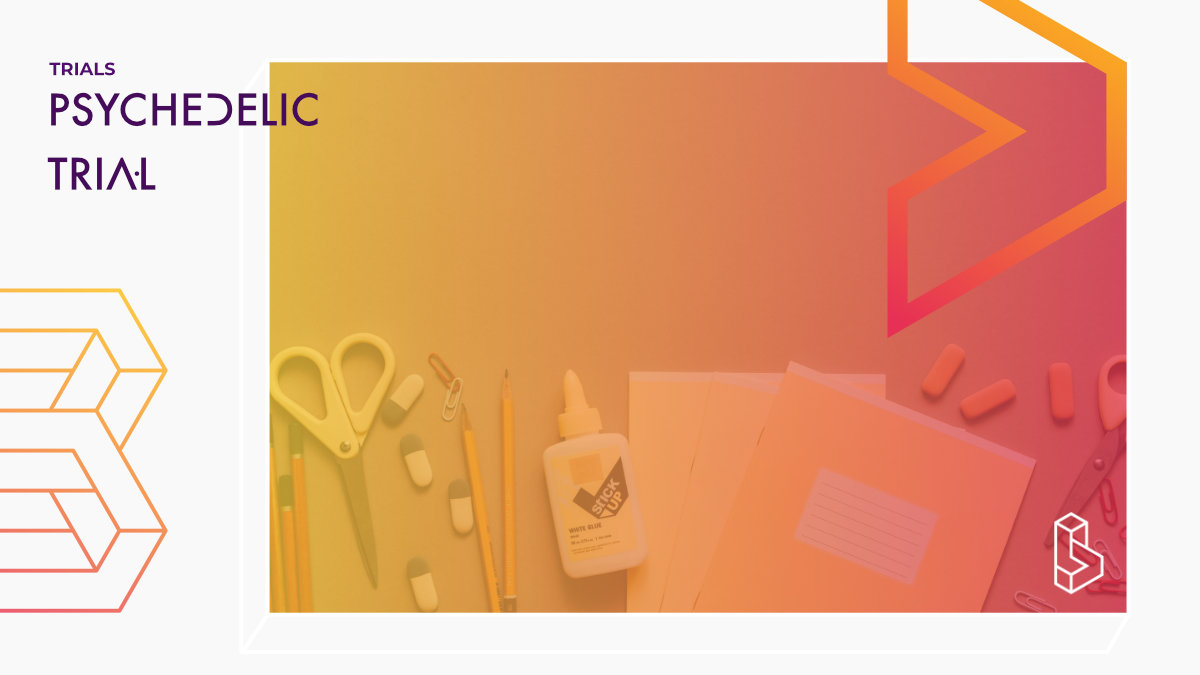This parallel assignment, single-blind clinical trial (n=396), aims to evaluate the effectiveness and safety of esketamine injection in modified electroconvulsive therapy (MECT) for depressive patients.
The study, led by the First Affiliated Hospital of Chongqing Medical University, is designed as a multicenter, randomized, controlled trial involving patients receiving MECT for the first time. The research drug, esketamine injection, will be administered at a dose of 17.5mg/70kg in the experimental group, while the control group will receive a saline injection at a dose of 3.5ml/70kg.
The primary outcome measure is the relief rate of depressive symptoms after MECT treatment, defined as two consecutive HDRS-24 scores ≤ 10 points. Secondary outcome measures include HDRS-24 scores after each MECT session, treatment response rate, severe suicidal tendency elimination rate, treatment re-ignition rate, treatment recurrence rate, and changes in cognitive function assessed by the Montreal Cognitive Scale (MoCA).
The study is expected to enrol 396 participants aged 16 to 45 years, with estimated completion in December 2022.
Trial Details
Trial Number
Sponsors & Collaborators
First Affiliated Hospital of Chongqing Medical UniversityThis company doesn't have a full profile yet, it is linked to a clinical trial.

